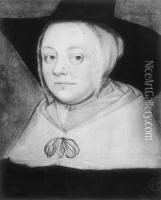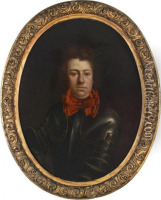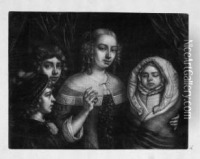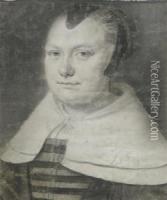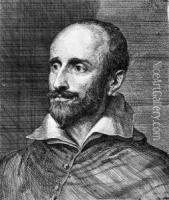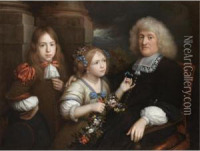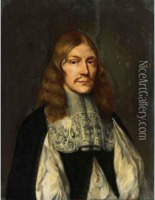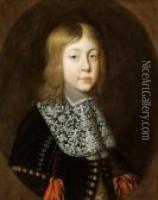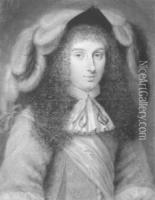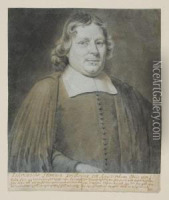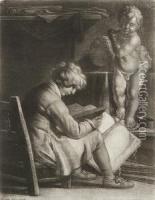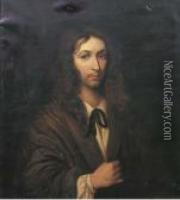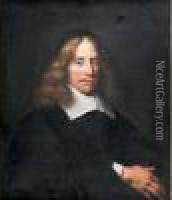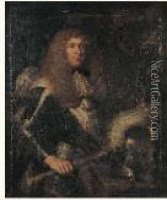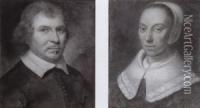Wallerand Vaillant Paintings
Wallerand Vaillant was a Baroque painter and printmaker from the Netherlands, recognized for his contributions to the development of mezzotint, a printmaking process. Born in Lille, which was then part of the Spanish Netherlands, in 1623, Vaillant showed an early interest in art. He was initially trained by his brother Bernard, who was also a painter. His family moved to Amsterdam, where Wallerand further developed his skills and began to establish his reputation.
Vaillant's works were primarily portraits, genre scenes, and historical subjects. He was particularly admired for his skillful use of chiaroscuro, the technique of using strong contrasts between light and dark to give the illusion of volume in modeling three-dimensional objects and figures.
In the mid-17th century, Vaillant became one of the first, if not the very first, in the northern Europe to use and promote the mezzotint technique, which allowed for the creation of prints with soft gradations of tone. This was a significant development in printmaking, allowing for a closer approximation of the effects of oil painting. The technique was invented by the German artist Ludwig von Siegen, and Vaillant's adoption and modification of it helped spread its popularity across Europe.
Vaillant traveled extensively throughout his career, which helped him gain international recognition. He worked in various cities, including Amsterdam, Frankfurt, and Paris. His travels and exposure to different art forms and techniques influenced his work significantly.
He died in 1677, leaving behind a legacy of innovation in printmaking and a body of work that was influential in the Baroque period. Vaillant's contributions to art were not limited to his own creations; he also played a role in the training and development of other artists, including his own family members and various pupils who would go on to have their own successful careers in the arts.
